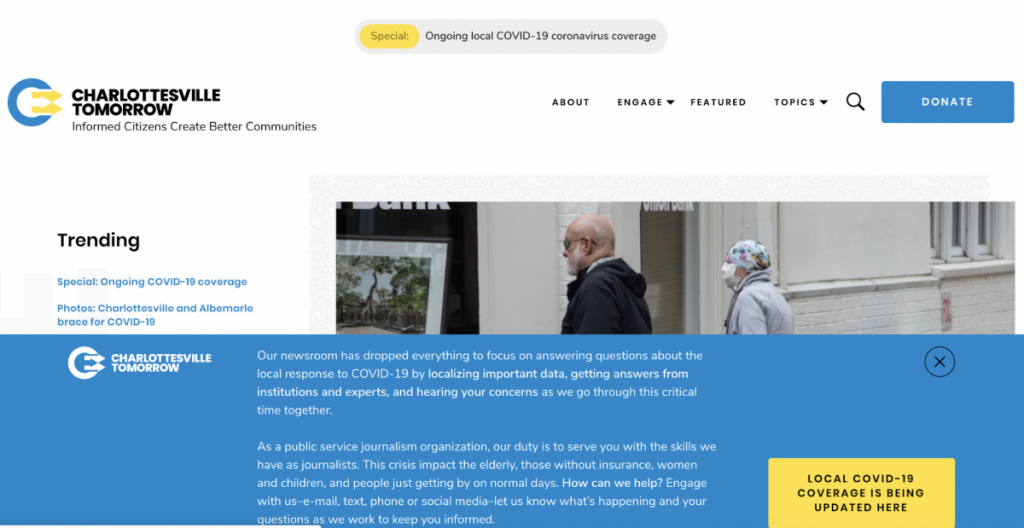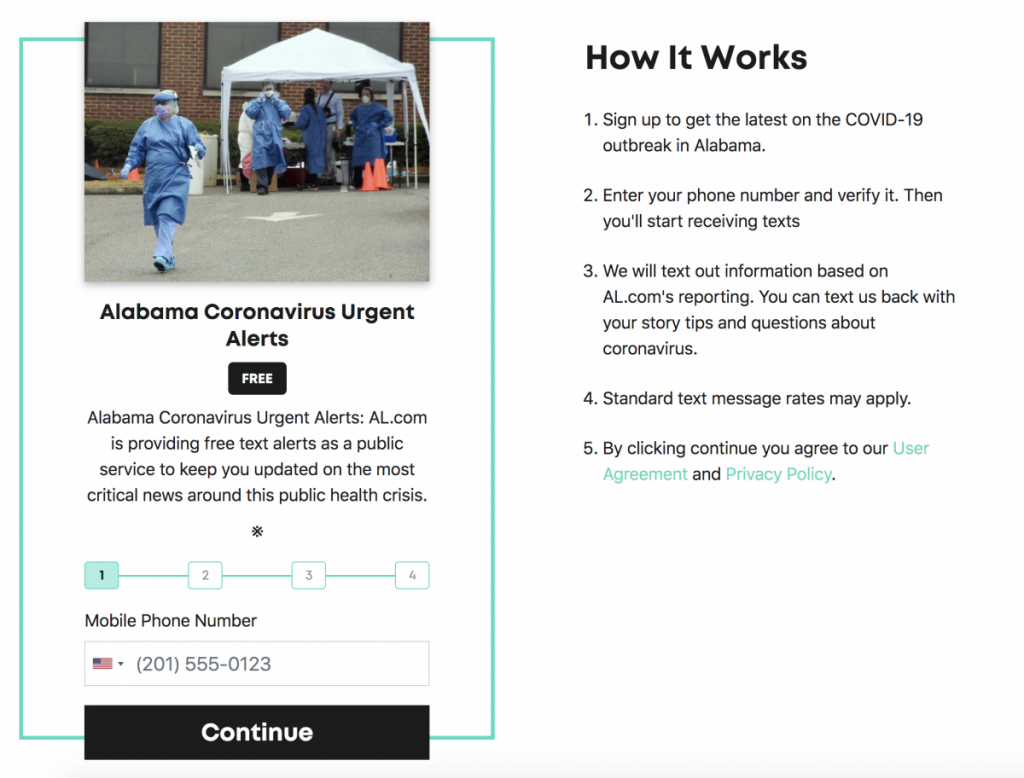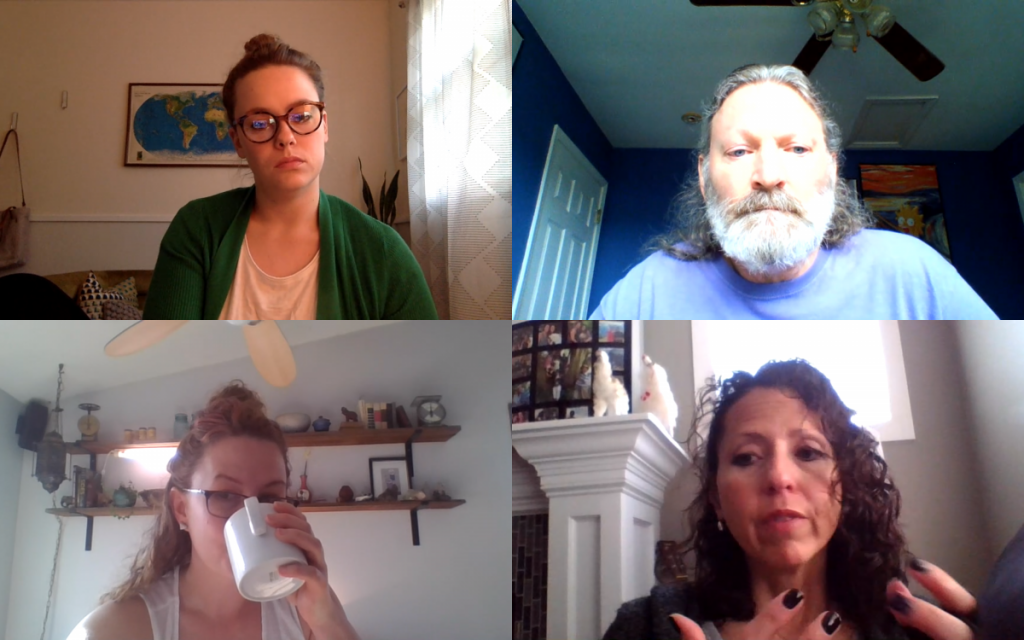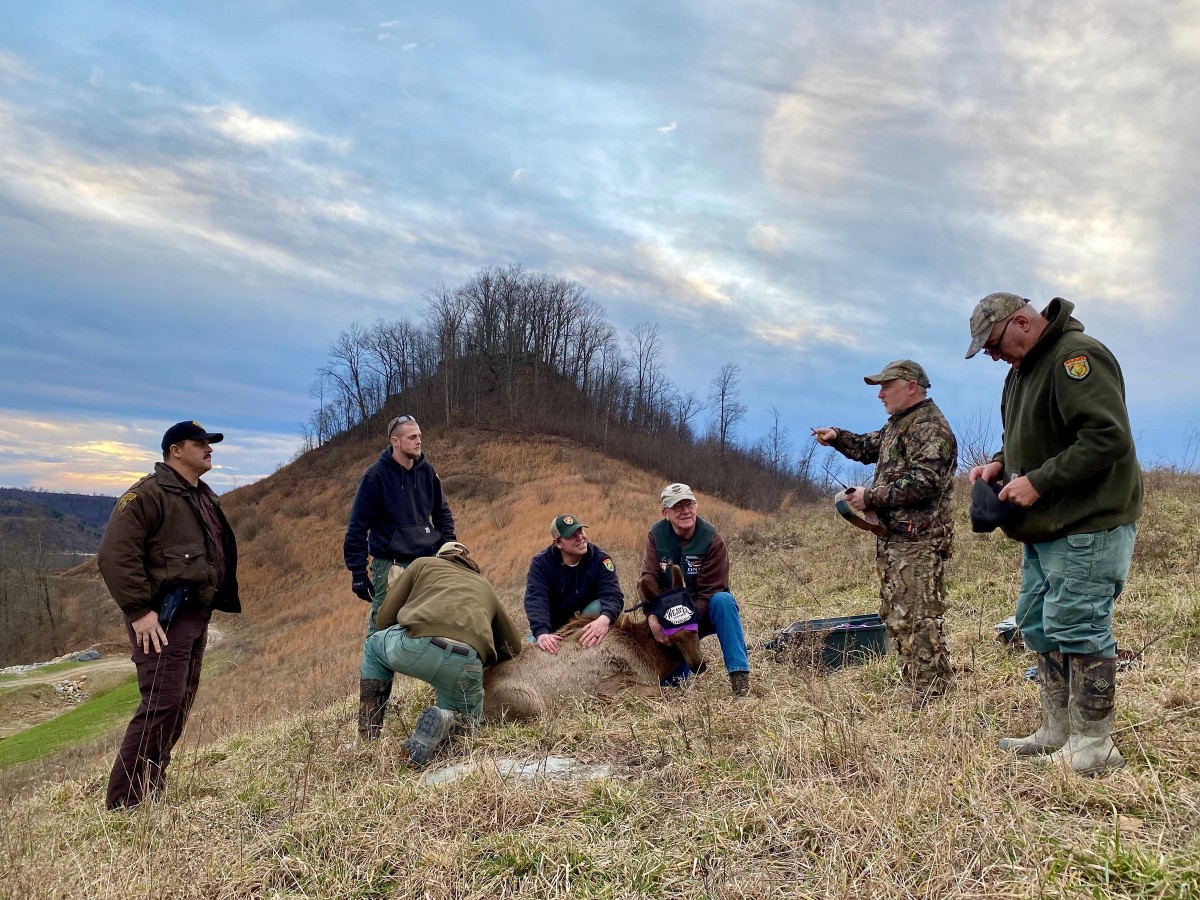Charlottesville Tomorrow, a nonprofit online publication, has made a name for itself in its community by focusing on in-depth reporting and analysis of issues like land use, planning and public education.
But when the COVID-19 global pandemic reached Appalachia, Charlottesville Tomorrow’s staff changed its coverage to remain relevant to its audience, and to maintain its focus on the site’s mission: expand civic engagement to foster a vibrant, inclusive, and interdependent community.
That shift is something many publications throughout Appalachia are grappling with. A number of subscriber-focused outlets have dropped their paywalls on novel coronavirus coverage. Many weeklies have been updating their readers on their websites and Facebook pages more often.
Shifting Focus While Maintaining the Mission
For Charlottesville Tomorrow’s staff of two reporters and an editor (as bad luck would have it, they’re currently hiring for a lead reporter), the pivot to nonstop COVID-19 coverage has been both exhausting and rewarding.
“We built our reputation with our audience by going slower and taking the 30,000-foot view of things,” Elliott Robinson, Charlottesville Tomorrow’s news editor, said. “They trust us to get them the correct information and not jump to conclusions.”
Now, however, Robinson has to push his reporters to do the same thing — but with a more narrow focus. And faster.
Robinson joined Charlottesville Tomorrow in August 2018, so his breaking news instincts from previous jobs aren’t too rusty.
“I’ve done it before,” he said. “It’s like slipping back into an old pair of shoes.”
The shift in coverage is a welcome sight for Robinson and others at the publication. He said a previous regime in charge at Charlottesville Tomorrow didn’t pivot during the violence in Charlottesville in 2017 and instead stuck to normal coverage in a time that was anything but.
Robinson said this time will be different: “We’re pulling out all the stops on this.”
Go to the Charlottesville Tomorrow website and you’ll immediately see the site’s focus on COVID-19. There’s a link at the very top directing people to their coronavirus coverage, and there is a large blue bar at the bottom of the screen that tells the audience the site’s focus has changed:
“Our newsroom has dropped everything to focus on answering questions about the local response to COVID-19 by localizing important data, getting answers from institutions and experts, and hearing your concerns as we go through this critical time together.”

But the publication’s mission remains:
“As a public service journalism organization, our duty is to serve you with the skills we have as journalists. This crisis impacts the elderly, those without insurance, women and children, and people just getting by on normal days. How can we help? Engage with us– e-mail, text, phone or social media– let us know what’s happening and your questions as we work to keep you informed.”
An Information Two-way Street
AL.com and other Advance Local Media media outlets are engaging with their audiences by using the parent company’s Subtext platform to get critical COVID-19 information directly to people via text message.
In the case of AL.com, people interested in Alabama coronavirus information can subscribe to the service with their mobile phone numbers and the publication will send “free text alerts as a public service to keep you updated on the most critical news around this public health crisis,” according to their website.

The AL.com Subtext account now has about 17,000 subscribers and is growing fast, according to Advance Local Media. The Birmingham team sends only urgent broadcasts — about two each day — but they answer almost every question they receive individually.
Advance Local Media has introduced Subtext as a paid subscription service in numerous markets across the country. One example is Buckeye Talk by Cleveland.com Ohio State football beat writers, where users pay $3.99 a month to get OSU football news via text message from the reporters. They can also reply back and interact with the writers in a more personal way.
Shifting to a Work From Home Model
Being a partner with the community in a time of crisis is a focus at the Asheville Citizen Times. The North Carolina daily, like many publications in the USA Today Network, published an editorial to let its audience know what to expect from them in the weeks and months ahead.
“Over the last week I hope you’ve seen a team of journalists mobilizing to cover COVID-19 — working to right-size our community’s sense of doom and panic but preparing ourselves — and you — for the very worst,” editor Casey Blake wrote to Citizen Times readers. “Because we fear that’s what we’ll face, and we want you to know how we’re preparing to tell this story.”
Blake made sure to inform her audience about the remote work being done instead of being in the newsroom. For one, it lets people know not to stop by to provide story ideas, which they often do, but also to let them know not to stop by to pay their bill.
But it also lets the Citizen Times’ readers know that just because the staff is not huddled together in a newsroom, it doesn’t mean they’re not getting all of the stories. The newsroom has turned to Microsoft Teams, which is a collaboration platform, like Slack, to communicate with each other remotely. It also allows them to have their 9 a.m. meeting “in person,” so to speak, via a video call. And no, the staff doesn’t have to worry about dressing up or putting on makeup for the benefit of others. Just come as you are and share your story ideas, Blake said.

“Three of our reporters had kiddos on the screen running around (Monday),” Blake laughed. “Our food writer had a toddler on her lap while she was giving us story ideas.”
Citizens Times reporters and editors are spending part of their time these days chasing down things they are seeing on social media, like event cancellations and unverified rumors of possible COVID-19 cases at area hospitals.
“We’re getting dozens of tips a day,” Blake said. “Right now, it’s a lot of triage of which wild geese we want to chase.”
The staff is also taking to social media to jump into conversations with correct and timely information that the community needs and wants.
They are also creating daily “what to know” stories that tend to house all of the day’s coronavirus news in one place and have become popular with their audience.
Blake also said they’re thankful to have a strong national team that can assist them in times like these. Since they know the USA Today Network editors will provide national coverage, they can focus on the crucial local information their audience craves.
Cooperation Amidst Chaos
Collaboration seems to be in style across the industry, and it is not just happening within companies like USA Today or McClatchy. The idea even has trickled down to the student media level.
Enter the Ohio Student Media Wire, which was just created by Brionna Scebbi, the editor-in-chief of BG News at Bowling Green State University. Scebbi wanted to start a collaboration, perhaps this year, among student journalists in Ohio, similar to one that was developed among state universities in California.
“Then everything got really messy with COVID-19,” Scebbi said.
“That lit the fire under me,” she continued. “Now’s the time to do this.”
The idea is to let overworked, remote-based college journalists share coronavirus-related content that makes sense for each other’s audiences. They can run the content on their own sites and link back to the original source, and give the reporters credit for their work with bylines. Or, they can adapt and add to the articles with localized information to make it even more relevant for their own audience.
So far, Scebbi has heard from a handful of Ohio college publications that would like to be part of the program. Scebbi has created a spreadsheet to share COVID-19 stories that are in the works, as well as story ideas that journalists can collaborate on throughout the state.
In the future, Scebbi would like to see a joint effort to investigate how college landlords and utility companies are addressing the needs of students who are also out of work, like bartenders, waitresses and other coronavirus-impacted workers.
“We’re really in the baby stages of how this could work,” Scebbi said. “Right now we’re limiting it to things dealing with coronavirus, but eventually it could be any content by a student newspaper or other publication that localizes it to a student audience in a town or city.”



